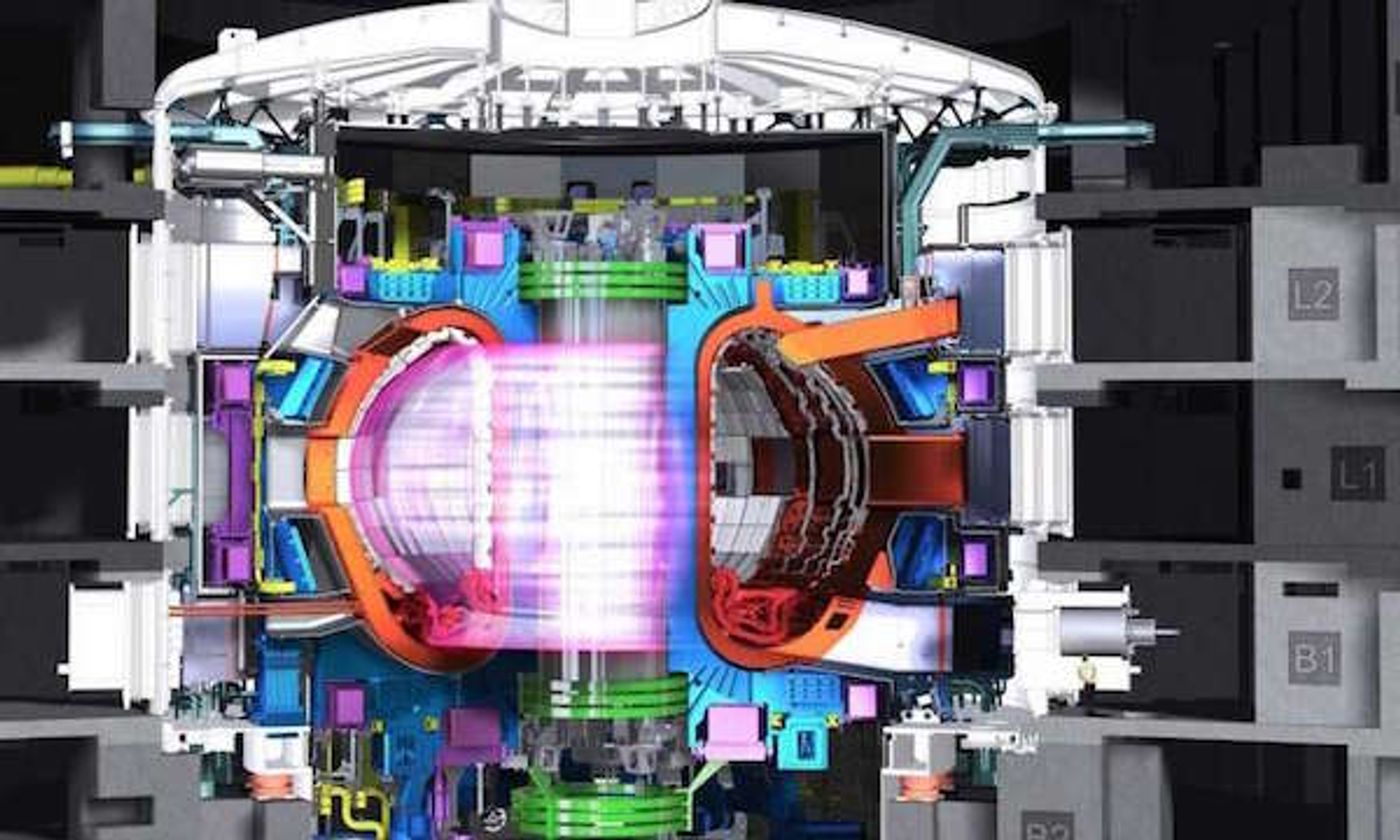There has been a lot of work done by researchers in the past few decades on creating a working fusion reactor, but the big-picture economics of a future fusion industry have been largely ignored, until now. Researchers at Durham University and The Culham Centre for Fusion Energy in Oxfordshire, have taken a fresh look at the future economics of fusion, and they’ve pronounced a future fusion industry financially viable.

One thing that makes the new study unique is that the British team has included the economic effects of recent advances in the field of superconductor technology and their effects on lowering the cost of building and operating fusion reactors. The study encompasses the full life cycle of fusion plants, including their construction, working life and decommissioning process. They then compared the cost of fusion plants with the cost of more traditional nuclear fission plants. "Obviously we have had to make assumptions,” says Damian Hampshire, a professor at the Centre for Material Physics at Durham University and the lead author of the study, “but what we can say is that our predictions suggest that fusion won't be vastly more expensive than fission.”
This is important and good news because, according to those who are working on it, nuclear fusion is coming. It’s just a matter of time… and research. And when it arrives as a mature, usable technology, it could well be the perfect energy sourse. Fusion power has the potential to produce an almost unlimited supply of energy without producing any pollution, and almost no hazardous radioactive waste.
Fusion reactors generate electricity is by heating plasma to around 100 million degrees celsius, causing hydrogen atoms fuse together, which releases energy. Fission reactors, on the other hand, split atoms, which creates heat (much less heat than a fusion reactor). This heat boils water into steam, which is used to spin turbines. This process, unfortunately creates large amounts of highly radioactive waste in the form of spent fuel rods. The process also and makes everything it touches radioactive. This is why, when they are decommissioned, even once they are emptied of their fuel rods and heavy water, fission reactors have to be encased in concrete and monitored for vast periods of time.
Fusion reactors create almost no radioactive waste, or radioactive steam. They use hydrogen instead of use toxic nuclear fuel. This means there’s no danger from a leak or potential for disasters like Chernobyl or Fukushima.
"While there are still some technological challenges to overcome,” Hampshire notes, “we have produced a strong argument, supported by the best available data, that fusion power stations could soon be economically viable. We hope this kick-starts investment to overcome the remaining technological challenges and speeds up the planning process for the possibility of a fusion-powered world.”
Source:
Phys.org









